Frederica Freyberg:
As Wisconsin jumps forward to immediate reopening with some counties maintaining “Safer at Home” rules, health care workers stay the course, bracing for incoming patients, deaths and the duress of the front line care. When the pandemic first hit Wisconsin back in March, we talked with Dr. Nasia Safdar with the UW Division of Infectious Disease. This week, we want to check back in with her. And, Dr. Safdar, thank you for joining us again.
Nasia Safdar:
Thank you.
Frederica Freyberg:
What is your reaction to the court ruling that immediately reopened the state?
Nasia Safdar:
You know, I think from a public health and infection control standpoint, I think we have always advised that reopening should be a gradual, carefully-monitored process. And so this goes against that.
Frederica Freyberg:
And what do you think about that?
Nasia Safdar:
I think potentially there are activities as people co-mingle and gather that will make it challenging to contain COVID-19 in the way that we have been able, fortunately, locally and in the larger state, been able to do thus far.
Frederica Freyberg:
Yeah. I was going to ask you if you believe that the “Safer at Home” order had flattened the curve.
Nasia Safdar:
I think most people believe that to be true. And I think the data on mobility and the effect of reducing mobility on COVID-19 growth rate and new cases is pretty compelling. So I think when you have something that has worked successfully, if you do decide to deescalate it, it should be done in a very careful, gradual manner.
Frederica Freyberg:
And meanwhile this will, at least so far, be done in kind of a patchwork manner, with some number of counties deciding to go ahead and maintain those orders, whereas others will not. If there were to be a surge in cases as we reopen the state in this way, are health care workers where you are able to manage a jump in cases?
Nasia Safdar:
You know, I think we’re much better positioned than we were in the earlier stages of this pandemic in this country in the sense that we now know a lot more about transmission, about its impact, the populations at risk and all those things that we really had very limited information about before. Having said that, I think while we are better prepared to manage more patients, we still want to avoid a surge that would overwhelm any one or more health systems.
Frederica Freyberg:
Is the supply of things like personal protective equipment now adequate, I mean, for right now and going forward?
Nasia Safdar:
So it’s adequate for right now. I think going forward as well, in all likelihood, but it would to some extent depend on how many cases we see and how sick those individuals are and what kind of PPE is required. I think our use of PPE has been optimized considerably, so we are conserving, in the earlier stages conserving and reusing things that we wouldn’t normally do and that has led to us being able to keep our PPE around longer.
Frederica Freyberg:
You’ve said that there are things you have learned about COVID-19, obviously, since the early days. What would you estimate is the most important thing that you’ve learned about this virus?
Nasia Safdar:
I think the fact that there is this ease of transmission from asymptomatic people is probably the most important new data that has come forward. And that suggests that, you know, if asymptomatic carriage is the main reason or one of the main reasons that transmission is happening, that’s pretty hard to contain without some of the more drastic measures like the “Safer at Home” order.
Frederica Freyberg:
So what would be your message then to people out there in the community?
Nasia Safdar:
I think now more than ever it’s really important that we don’t go from zero to 100 even if the “Safer at Home” order has been lifted at a statewide level. I think people should still think to themselves, do I really need to leave the house and, if I do, what’s the essential activity I must perform. It’s going to be hard to keep people at the level we were at for too much longer in any case. I think it takes all kinds of negative toll on one’s mental and psychological health. But nonetheless, I don’t think we’re at a place where we want to encourage large public gatherings and trying to go back to the way we were before COVID hit.
Frederica Freyberg:
What about things like shopping or socializing? Are those safe, in your mind?
Nasia Safdar:
I think I would consider those riskier than the current state. I would recommend avoiding them to the extent one can.
Frederica Freyberg:
How important does ramped-up testing continue to be?
Nasia Safdar:
I think testing capacity has considerably improved, and I think it’s going to be really important to determine the circle of individuals who might have come in contact with somebody who tests positive for COVID. That’s much easier now to determine as we can test a much broader swath of the population than we had been able to previously.
Frederica Freyberg:
Is plasma from recovered patients proving a successful treatment?
Nasia Safdar:
I think it’s a potentially promising treatment. I don’t think we can say conclusively that it is proving to be the case. We believe it is. There some small case series that have suggested improved outcomes. But there’s very little comparative data. So the outcomes of people who got it versus those that didn’t, is there really a compelling difference. We’re awaiting that. There are multiple studies underway. We don’t know that yet for a fact.
Frederica Freyberg:
What do experts think about how long it will be before we see a vaccine?
Nasia Safdar:
I think sometime next year, assuming that the existing candidates that are in various stages of development, one or more of them turn out to be promising enough to move forward. So it’s a very accelerated time frame compared to most other vaccine developments. So I remain optimistic.
Frederica Freyberg:
Dr. Nasia Safdar, thank you very much, and thank you for your work.
Nasia Safdar:
Thank you very much.
Search Episodes
News Stories from PBS Wisconsin

Donate to sign up. Activate and sign in to Passport. It's that easy to help PBS Wisconsin serve your community through media that educates, inspires, and entertains.
Make your membership gift today
Only for new users: Activate Passport using your code or email address
Already a member?
Look up my account
Need some help? Go to FAQ or visit PBS Passport Help
Need help accessing PBS Wisconsin anywhere?

Online Access | Platform & Device Access | Cable or Satellite Access | Over-The-Air Access
Visit Access Guide
Need help accessing PBS Wisconsin anywhere?

Visit Our
Live TV Access Guide
Online AccessPlatform & Device Access
Cable or Satellite Access
Over-The-Air Access
Visit Access Guide
 Passport
Passport





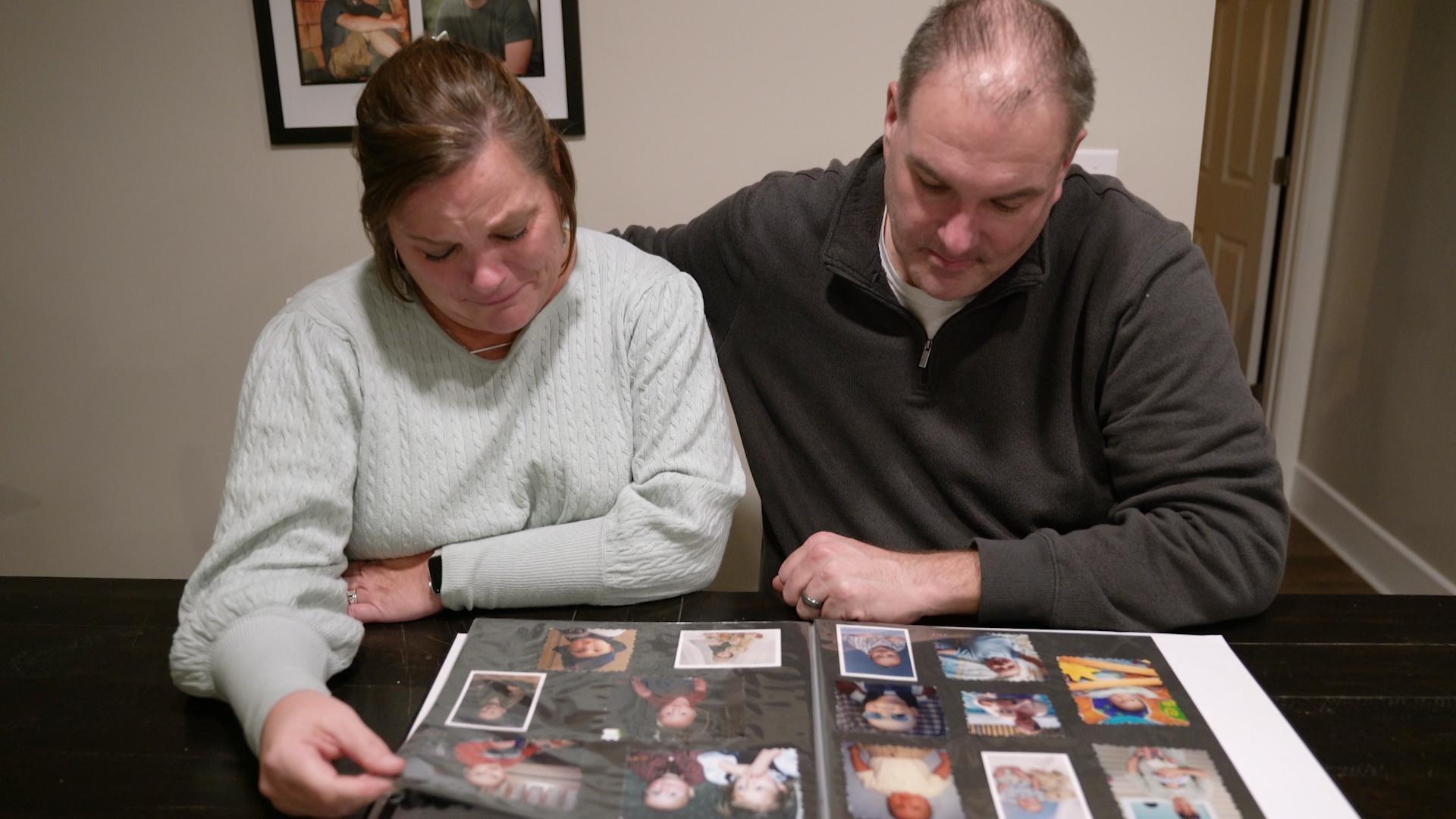
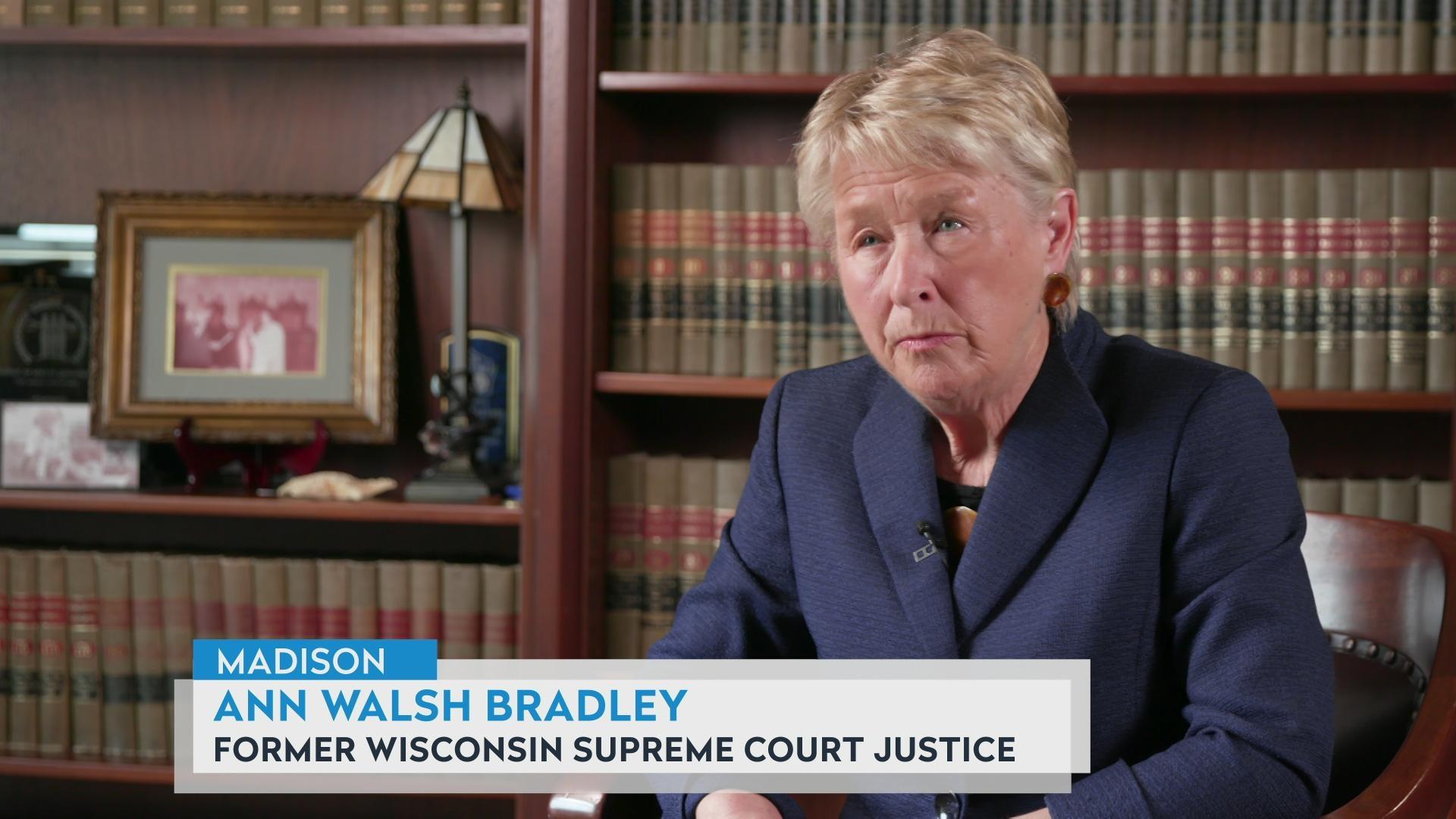
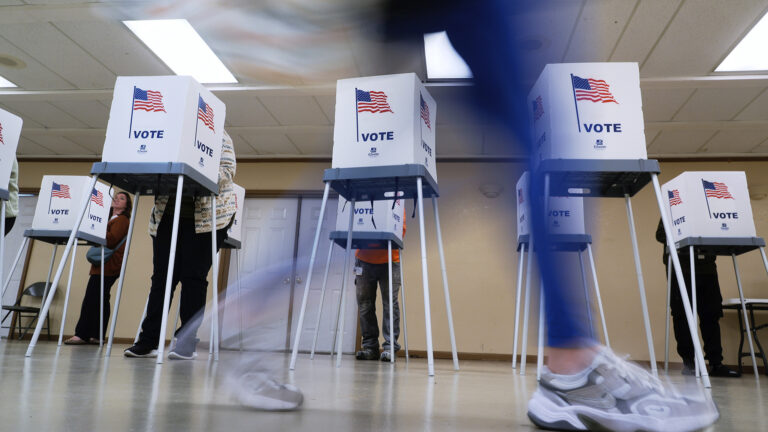
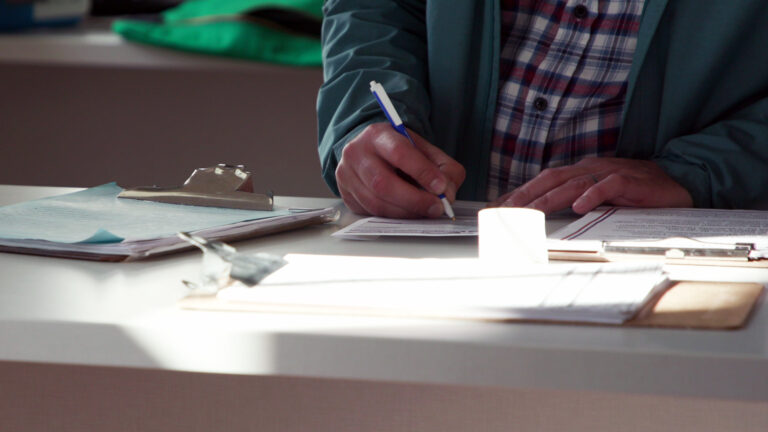
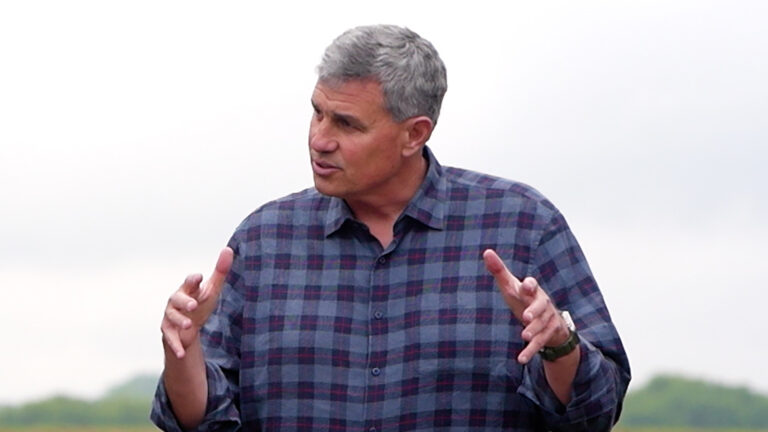
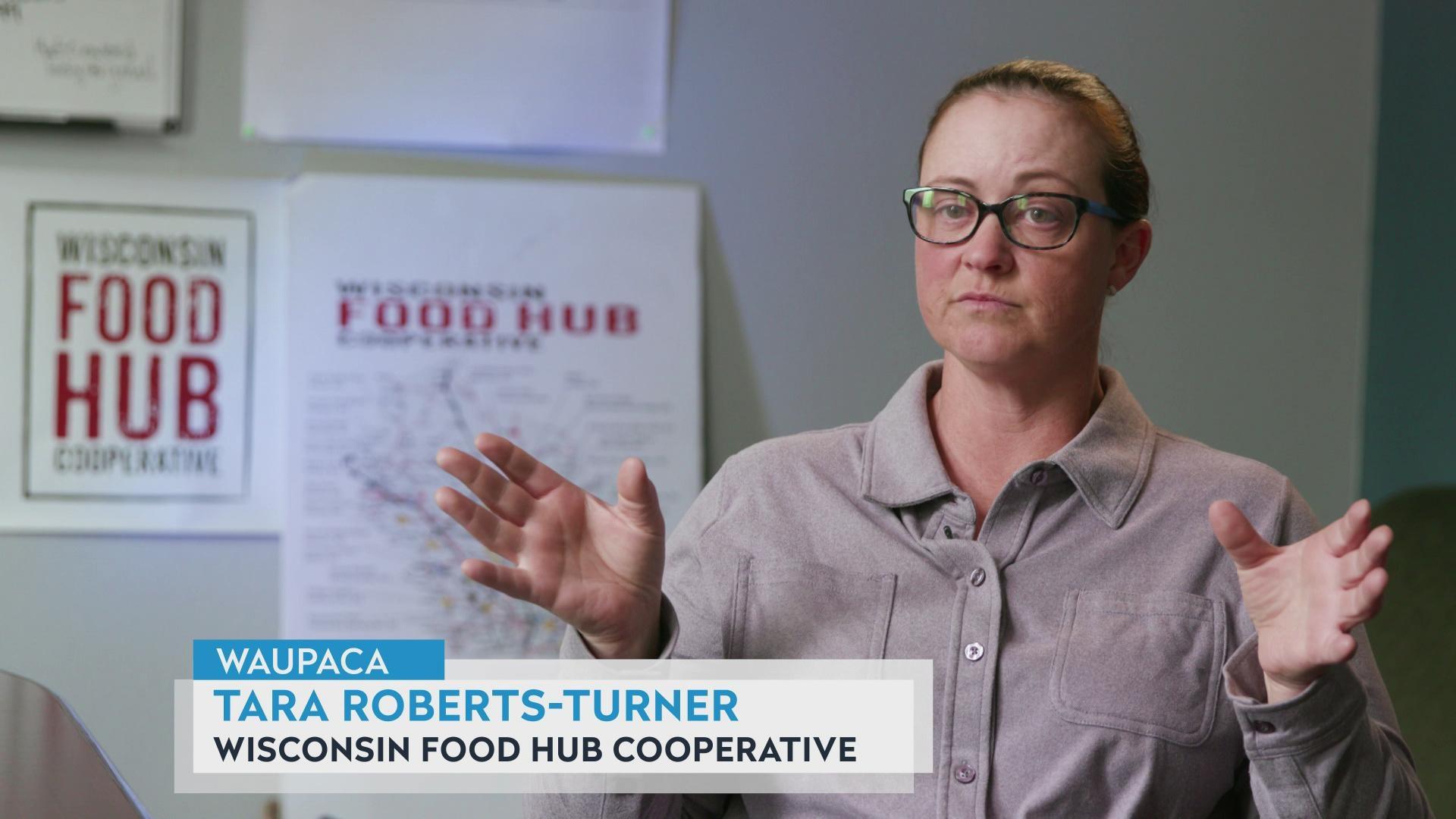
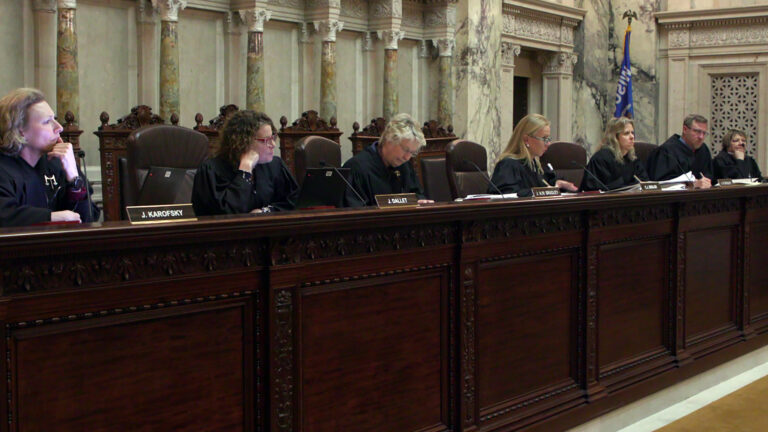
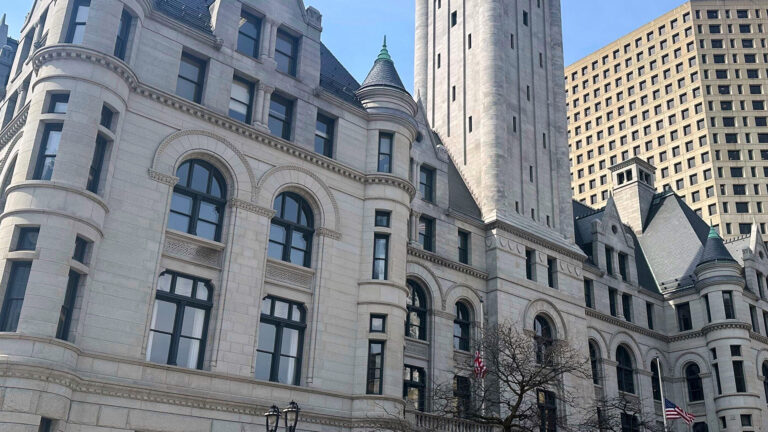
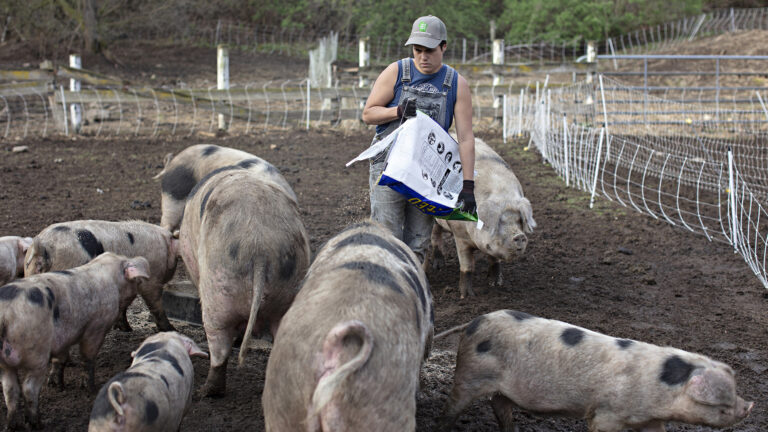
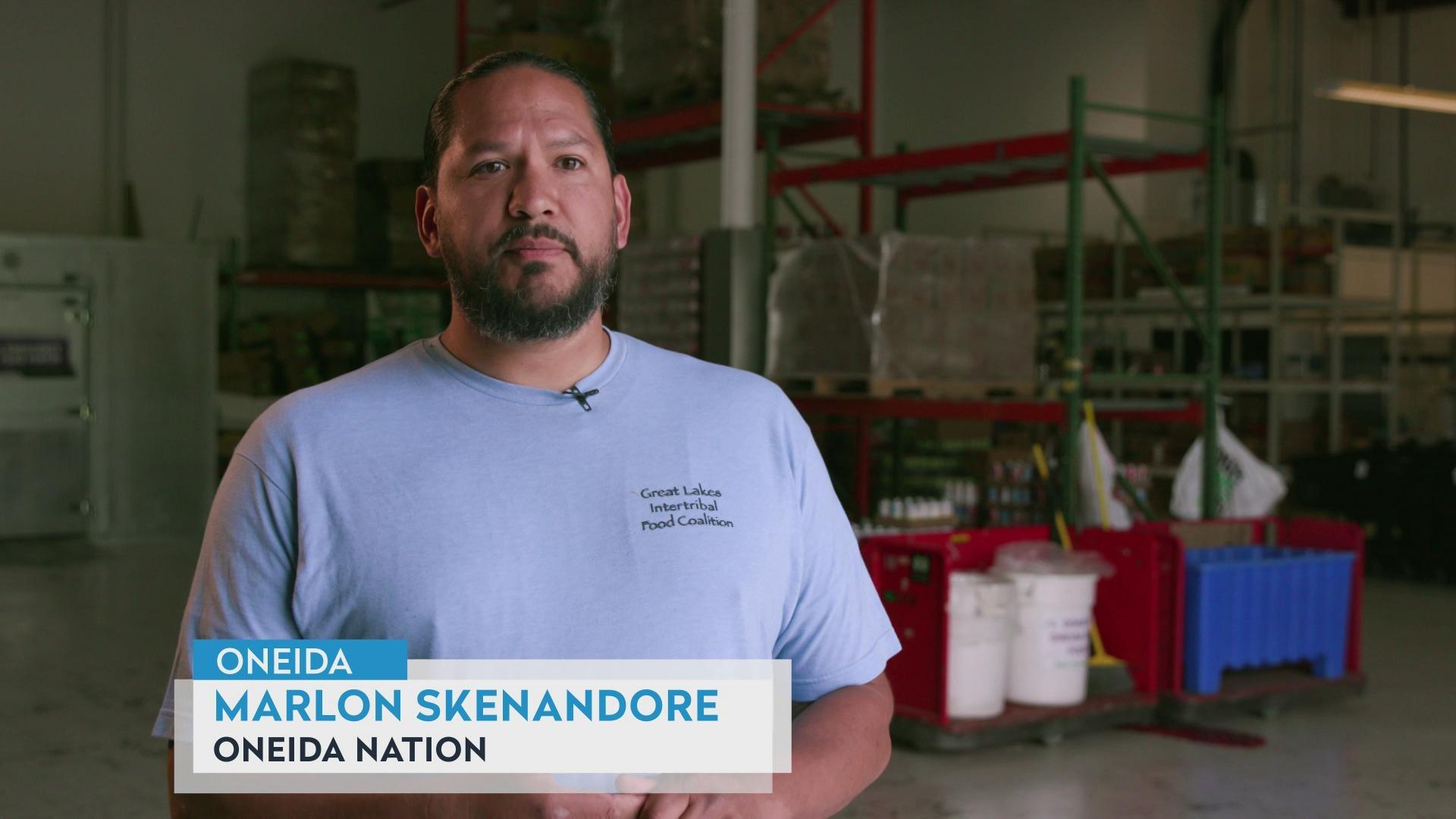
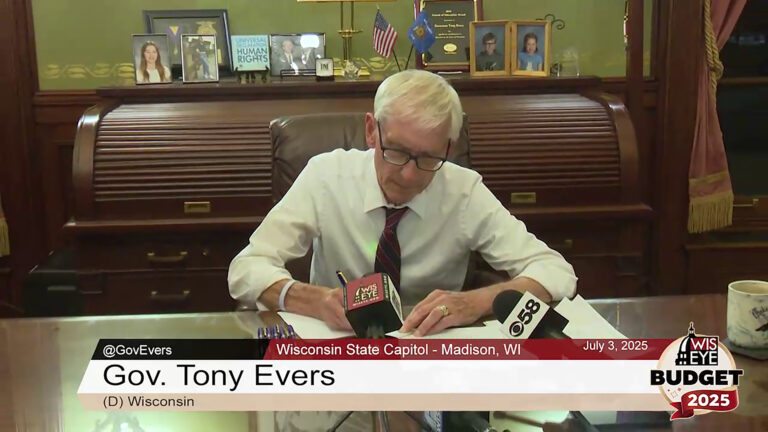
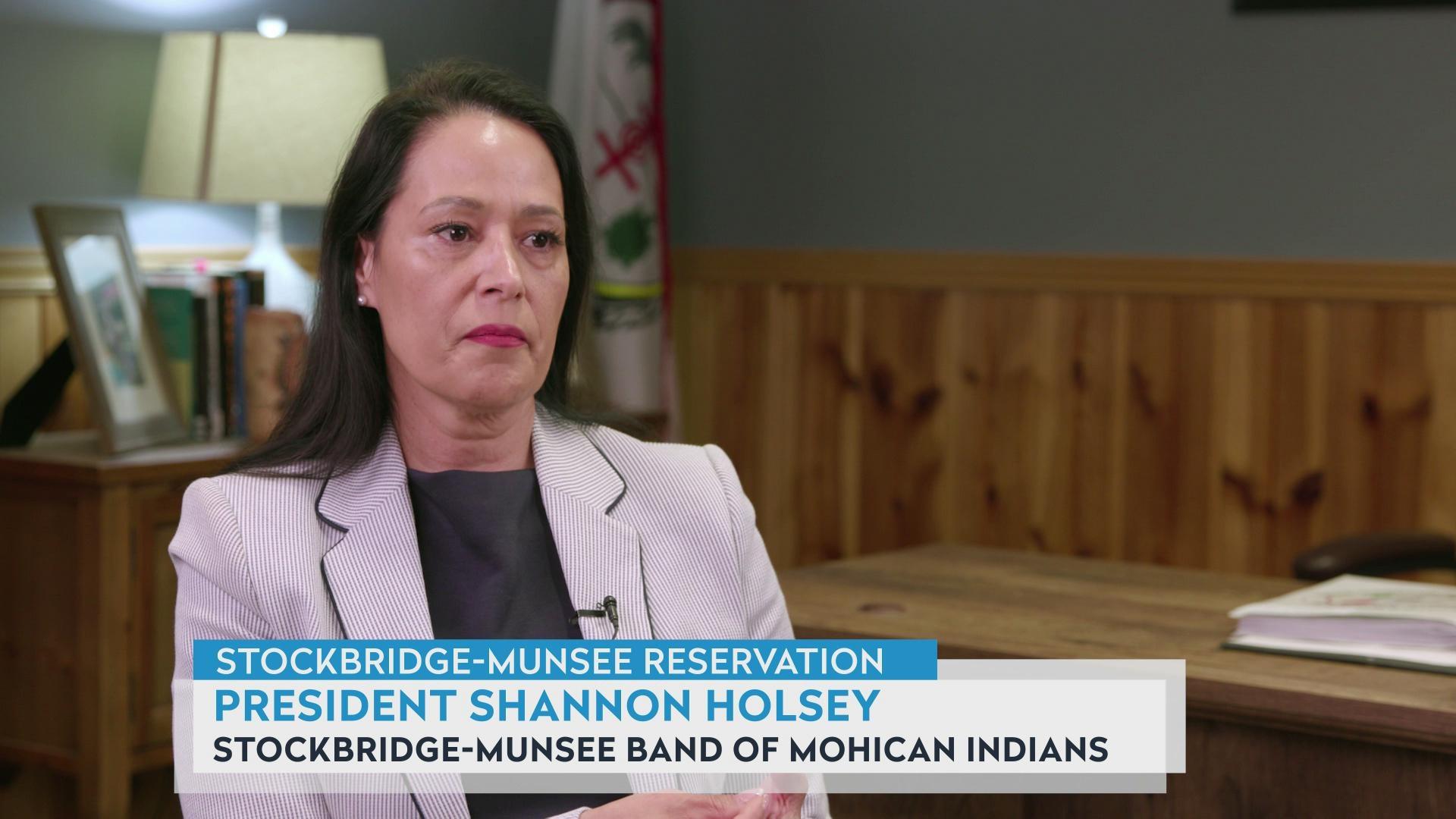

Follow Us